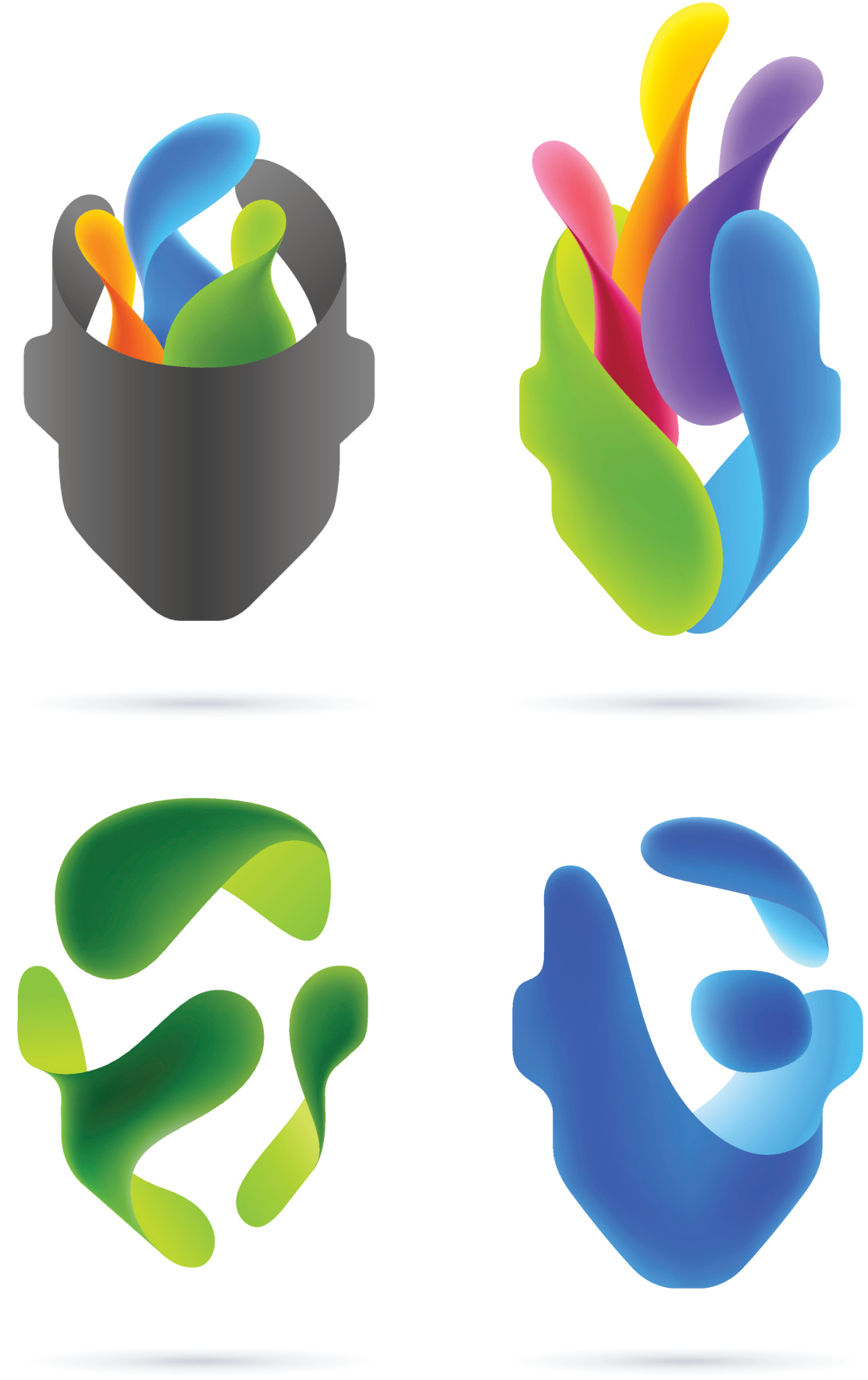Cognitive Style as Environmentally Sensitive Individual Differences in Cognition: A Modern Synthesis and Applications in Education, Business, and Management
Read the Full Text (PDF, HTML)

The idea that people differ in the way they acquire and process information is not a new one. As early as the 1950s, researchers were examining the idea that people had different cognitive styles — individually different manners of cognitive processing and functioning. Although this area of research fell out of favor in mainstream psychology during the late 1970s, it continued to be of interest in applied fields such as education and business. However, many of the studies performed in these fields failed to fully conceptualize the nature of this construct, to root the science in a solid cognitive foundation, or to provide a unifying framework for organizing and studying its different aspects. In this report, Kozhevnikov (Harvard Medical School, National University of Singapore), Evans (University of Exeter), and Kosslyn (Minerva Schools at the Keck Graduate Institute of Applied Life Sciences) discuss research on cognitive styles in education and business, provide evidence for style differences from the cognitive and neuroscience fields, and present a new integrated framework for studying cognitive styles across different disciplines.
Today, cognitive style is generally conceived of as individual differences in cognition that develop as a result of adaptation to environmental demands. Research on this topic conducted in education and business has often taken too broad or too narrow a view of the dimensions of style and has often held on to outdated models of how the brain operates — still clinging to notions of left-brain versus right-brain differences, for example. Despite these weaknesses, there are some useful takeaways from research conducted in these fields.
Studies in education and business have shown that cognitive style is best conceptualized in a hierarchical manner: Some aspects of style act at a lower level of processing and others act at higher-order or metacognitive levels of processing. Research has also shown that the idea that learning or work contexts should be matched to people’s specific cognitive styles is outdated. Instead, current research in education and business has highlighted the idea that certain tasks are best tackled using different processing styles. Rather than fit the task to the person, it may be better to promote cognitive flexibility and help people learn to approach different tasks using different methods.
Although there have been several promising advances in our understanding of this construct, what is desperately needed is an integrated approach for understanding and organizing style research across disciplines. Kozhevnikov and colleagues provide such an approach by introducing an integrated taxonomy of cognitive style.
They propose that cognitive style can be conceptualized as a matrix, with the vertical axis representing levels of information processing (perception, concept formation, higher-order cognitive processing, and metacognitive processing) and the horizontal axis representing orthogonal cognitive style families (context dependency vs. interdependency, rule-based vs. intuitive processing, internal vs. external locus of processing, and integration vs. compartmentalization). This matrix, informed by contemporary research in cognitive psychology and neuroscience, provides a clear categorization of different types of styles that can be used to standardize and guide future research examining cognitive style across different applied fields.
Editorial: Adopted at Last!
By Robert J. Sternberg, Cornell University
Read the Full Text (PDF, HTML)





APS regularly opens certain online articles for discussion on our website. Effective February 2021, you must be a logged-in APS member to post comments. By posting a comment, you agree to our Community Guidelines and the display of your profile information, including your name and affiliation. Any opinions, findings, conclusions, or recommendations present in article comments are those of the writers and do not necessarily reflect the views of APS or the article’s author. For more information, please see our Community Guidelines.
Please login with your APS account to comment.